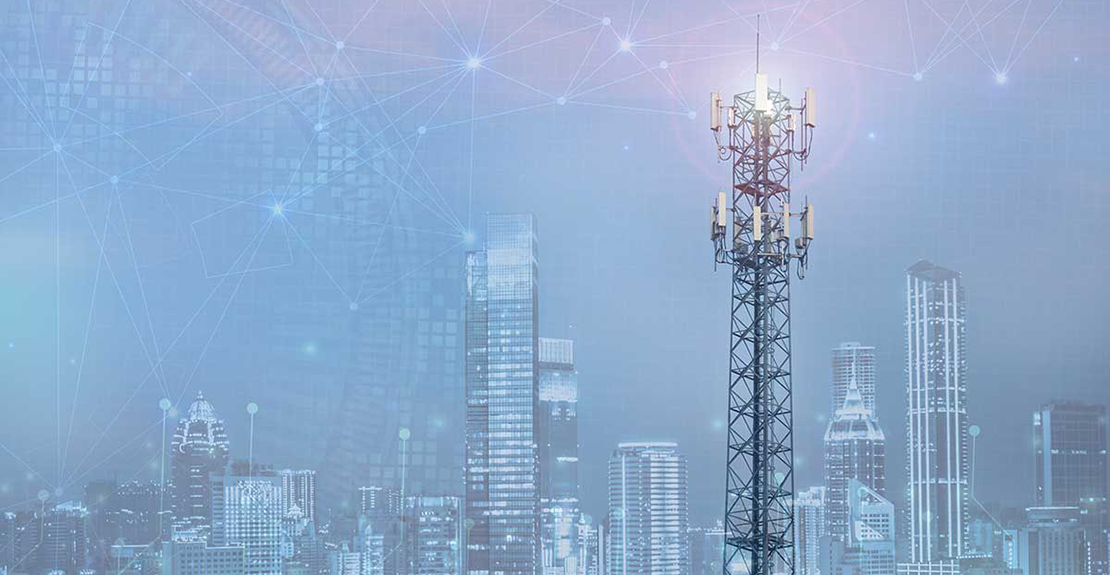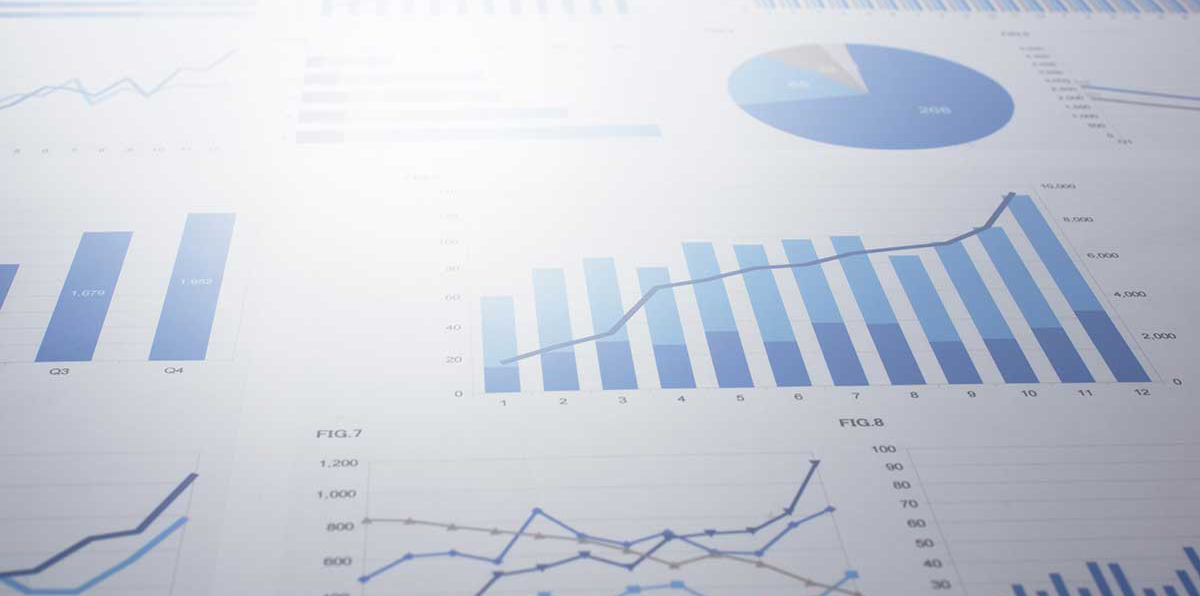Capturing and Using Aggregated Site Equipment Data from Telecom Sites for Informed Decisions

Managing telecom networks, both wireless and wireline, involves monitoring and interpreting a lot of data from thousands of sites and dozens of data points at each of those sites. Network managers need to know the status of their sites at all times. Especially in the case when abnormal conditions occur, like a power outage or equipment failure. They are reliant on the site data to be able to make informed decisions to make appropriate corrective actions or to dispatch field technicians.
Over the years, the business of site monitoring has developed techniques for capturing, processing, and presenting large volumes of data, and displaying the data to make it easy to manage networks efficiently and cost effectively. In this article, we will cover the benefits of capturing data, aggregating the data from site equipment, and what type of informed decisions and benefits can be made from the data.
A Brief Overview About Asentria
Based in Seattle, WA, Asentria is a 40 year old company with offices that handles business in N. America as well as Europe, the Middle East and Africa. The company has traditionally made hardware devices called a SiteBoss, and these devices are installed at telecom sites to manage and monitor the power, security and environment conditions at cell tower locations. Asentria has worked with various types of telecom sites and has several projects of over 20,000 sites.
Monitoring and Using Data from Telecom Sites
Traditionally, monitoring telecom site data was simply to determine if you have a problem or not. One problem would be if the temperature had exceeded a normal threshold and is overheating. This type of site data is for the purpose of alarming, and is typically sent via the Simple Network Management Protocol (SNMP), which is the standard that is used in the telecom industry. The alarms sent are typically at a small volume.

What has started happening is that network operations began interfacing to more intelligent pieces of equipment at the site. So instead of just managing the contact closure schemes, they are now also starting to integrate larger amounts of data from smart controller devices. With the right tools, like Asentria’s SiteBoss device, operators can gather data from a rectifier smart controller, generator smart controller, AC power meters, cooling systems, cameras and more. The SiteBoss is responsible for gathering data from all the different makes and model of equipment and “normalizing” it for analysis. From all those systems, they suddenly now can gather potentially hundreds of variables and gain valuable insight into how the network is operating.
Some examples of the use of data gathered at telecom sites:
- Looking at sites that aren’t in an alarm state, but still aren’t functioning in the most efficient way. Overcooled sites is a simple example.
- Viewing energy usage of sites and comparing it to similar sites to see if you can find sites that are using unusual amounts of energy.
Reduce Greenhouse Gas Emissions with Aggregated Power Consumption Data
With 5G rollouts underway, the mobile network operators (MNO’s) are consuming even more power than before, and trending in the opposite direction of the mission to reduce their greenhouse gas emissions. To monitor and measure the greenhouse gas emissions, Asentria can provide actual data rather than estimated data. If there are devices measuring power at many sites, the SiteBoss device can aggregate all of that data and then compare that to the power source within a region or country and generate actual CO2 emissions measurements. The data will provide the ability to search for sites that are not performing as well to begin trying to reduce greenhouse gas emissions. With the aggregated measurements, network operations can see how changes to the network help towards their mission of reducing emissions.
Case Study: A Modern Approach of Remote Site Monitoring
Uniti Fiber, a fiber operator based in the US Southeast is in the path of hurricanes in the Gulf of Mexico.. Using the SiteBoss, the API within the unit enables Uniti to pull data into other systems. As a modern way of using these devices, the SiteBoss units are designed to interface to other systems and can be customized. One customization was Uniti for API endpoint to pull the GIS location of the unit and use that data to populate a weather map. The GIS based weather map was able to help them analyze data as they were watching a hurricane making landfall. Using the SiteBoss device as a tool, Uniti could see the alarms from their sites, represented on that map.
The SiteBoss device has multiple uses and with its robust customization capabilities continues to see new approaches and uses that solve problems for network operations and carriers.
Case Study: Uncovering Problems at Sites
A tower company based in the Middle East with 17,000+ sites, was doing more broad based telemetry measurements and data analytics. They measure up to 80 telemetry points per site and use dashboards that provide them an unlimited amount of opportunity for analysis. If there are any questions about what’s happening at the site, a network operator more than likely can determine the answer from the 80 variables.
Some common questions that can be answered are:
- What are the sites that are over-cooled?
- What sites are having diesel fuel being stolen?
- What is the difference between inside and outside temperature? As this will help identify the level of insulation of your shelter.
There are many questions that can be answered with the data, and it comes down to what problems a network operator is experiencing at their sites. Within the 80 variables, a network operation can create many dashboards to uncover problems and monitor them for the future. It’s believed that most tower companies are moving towards a modern way of viewing their data with telemetry measurements and data analytics.

Dashboards and charts are data intensive, have nice presentations, but there’s a lot of things going on – especially with a dynamic display. To not overload a network manager with too much information, it’s recommended to show the simple data first.
According to Jon Baars from Asentria, it’s an iterative process, and there could be hundreds of charts that are all updating continually, and can become quite complicated looking. He recommends that in the beginning you can have 60 or 80 variables coming in, and it’s best to start creating simple charts to solve common problems. As more problems occur, new variables and charts can be created to find answers. Similar to how the usage of data at a telecom is a never ending process, the dashboards and charts are always going to be an iterative process.
Overall, network operators with access to multiple variables are able to quantify how they’re improving their network efficiency, or how they’re reducing or managing their operating cost with the data.
An Example of Starting Simple with the Temperature Variable
The simplest things are usually the first steps for a network manager to view, such as cooling. You can sort sites from coolest to hottest and see sites that might be overcooled.. Alternately you can just sort from hottest to coolest and find all the sites that are not being cooled enough.
It is common to optimize the temperature at a site to be slightly warmer, similar to bumping up a house thermostat in the summer from 70 to 72 degrees in the interest of saving on your electrical bill.
Connect and Monitor Any Type of End Equipment
Many telecom equipment vendors have software to manage and pull telemetry data from their own equipment, but there is a limit to how useful that data can be when viewing it only for one make of equipment. If a network operator is only able to look at a certain piece of equipment from a certain manufacturer in the network, that doesn’t necessarily give you the aggregated view across all of the network, and what that looks like when the data is together.
Asentria solves that problem by being able to aggregate and normalize the data at the site side, so no matter what the make or model of a generator or a rectifier, Asentria will be able to normalize that data and send it back in a polished up form to a central place.
Ready to learn more about how Asentria can help you capture and normalize your site data to create actionable business insights? Contact the Asentria team here today.
—
The content is a summary of the conversation between Jon Baars, Director of Sales and Marketing at Asentria and John Celentano, Inside Towers Business Editor on the podcast, “A Discussion on Using Data for Informed Decisions.”



